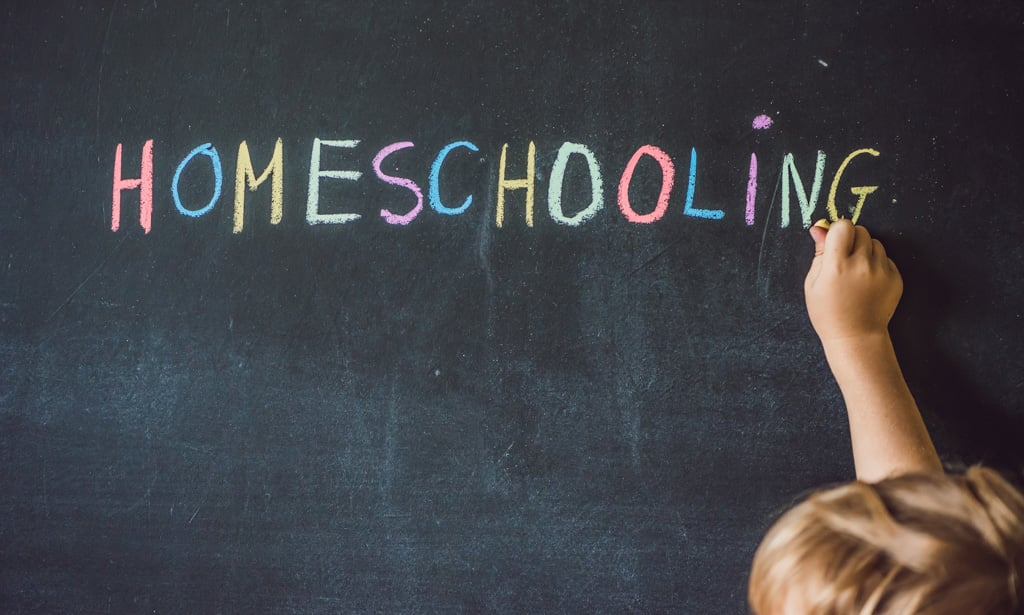WHO ARE THE HOMESCHOOLERS?
There are about 500 homeschooled children in Finland (2023). For many children, homeschooling is a good way to learn and complete compulsory education. According to the results of a questionnaire made by SuKo (2023), it seems that especially many neurodiverse students like the option of homeschooling and find it suitable for them.
Homeschoolers are not a homogeneous group, though. There can be various reasons for choosing homeschooling: differing educational orientations; lack of individually-adapted education at school; bullying; long distances to school; long stays abroad; religiously-oriented approaches to learning; music or sports activities that require absence from school; and more.

SESSIONS WITH THE MONITORING TEACHER
The municipality is responsible for monitoring the progress of the homeschooler’s studies. Common practice is for guardians to have meetings once or twice a year with the monitoring (or ”supervising”) teacher, who then gives a certificate when the homeschooled student has learned the specified content for their grade. The monitoring teacher and the homeschooling family together should seek mutual understanding and cooperation regarding such meetings.
INFORMAL DISCUSSION
A casual discussion is a useful way to assess the learner’s progress. During the discussion, the monitoring teacher pays attention to things such as the way the child presents what they have learned, their ability to talk about their studies, and their interest in learning. The purpose of the conversation is to create a pleasant and relaxed situation, making it easier to monitor the child’s actual progress.
LEARNING PORTFOLIO
A learning portfolio helps the learning family keep track of the child’s progress and allows the teacher to examine the thoroughness of the completed work, the versatility of the learning methods, and the learned content. Homeschoolers should participate along with their guardians in compiling their own portfolio, because it is important that they can tell about their progress themselves—explaining what is easy and meaningful, what is difficult or less interesting, how they learn best, how difficulties have been overcome, what experiences have proven successful, and so on. The learners should observe their learning in relation to the goals that guide the learners’ acquisition of knowledge and choice of content. They should be able to modify their study methods according to achieved and unachieved goals and set new goals for themselves. Becoming aware of one’s own skills through feedback is also relevant in terms of learning outcomes.
Many have found an online portfolio—blog or webpage—to work, which the teacher can log into and easily monitor in real time. The online portfolio should be updated regularly. You can make your own updates about special events, such as educational field trips. These online posts can be enhanced by including pictures, videos, and stories illustrating the goals, successes, and failures in the learning process. Then the learning family and the monitoring teacher can refer to the portfolio during their monitoring sessions together.
LEARNING MATERIALS
School books are available from many different publishers and sources. Libraries and the internet are great sources for learning materials as well. Additionally, you can get a lot of help and useful tips from the discussion groups of other homeschooling families.
